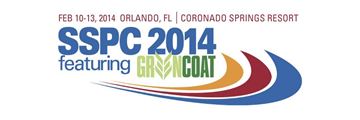Search
Field and Laboratory Experience with Polyurethane Pipe Linings
Also Purchased
Efficient Polyurethane Pipe Coatings for Harsh Conditions
Product Number:
41214-869-SG
Publication Date:
2014
$20.00
Adhesion Measurements of Coatings on Cylindrical Steel Pipes: Variability & Significance
Product Number:
41214-815-SG
Publication Date:
2014
$20.00
Southern Nevada Water Authority-Polyurethane Lining Evaluation and Testing
Product Number:
41211-637-SG
Publication Date:
2011
$20.00
Recently viewed




